
Working Together for Healthy Animals
Working Together for Healthy Animals
Elanco's comprehensive product portfolio helps you to improve animal health, welfare and production for optimal health and performance.
Insights Centre
Get the latest insights into raising healthy farm animals and preventing, controlling and treating disease in your flock or herd.
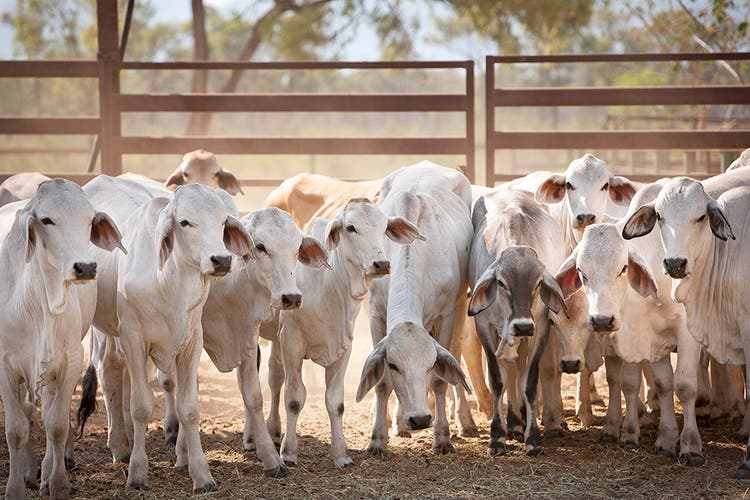
Buffalo Fly Management in Cattle
Buffalo Fly is a major pest and cattle welfare issue in northern Australia. Learn how to manage buffalo flies in your herd using an integrated control program.

Preventing & Managing Coccidiosis in Dairy Cattle & Calves
Bovine coccidiosis is one of the major diseases in young calves. It can quickly and easily spread through a herd and have devastating effects on calves — and productivity.
Elanco Product Portfolio
Whether it's controlling pests or improving performance, discover how Elanco's portfolio of products can help keep support the health and welfare of farm animals.
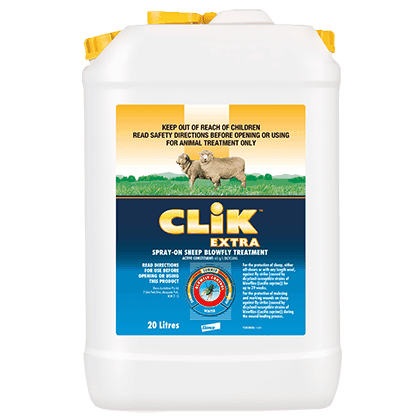
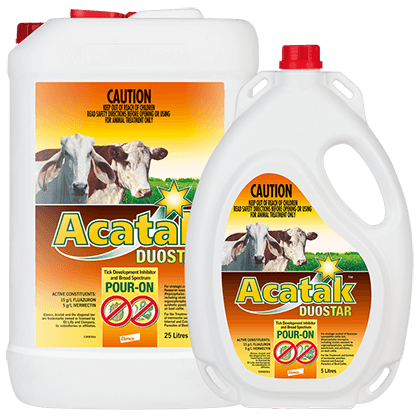
Acatak™ Duostar
Controls fluazuron susceptible cattle tick & ivermectin-sensitive parasites in beef cattle.
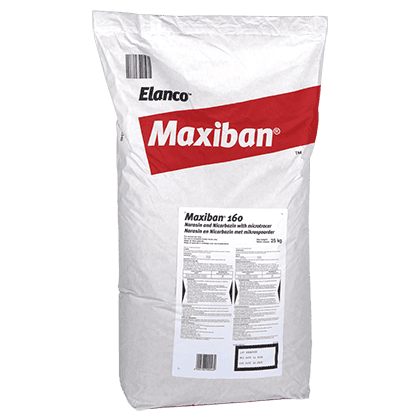
Maxiban™ Anticoccidial Premix
Granulated narasin plus nicarbazin premix for inclusion in broiler feed to control coccidiosis.
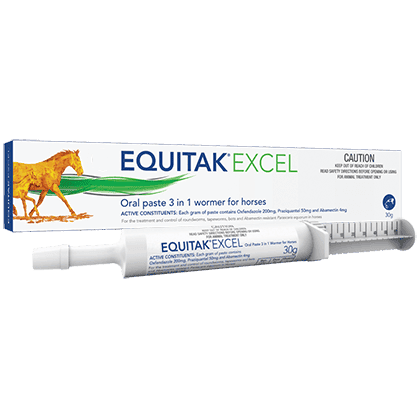
Equitak™ Excel
Equitak Excel is a unique 3 active oral paste for broad spectrum control of roundworms, tapeworms and bots in horses.
How to Contact Us
If you want to find out more about our products and services, please contact one of our Elanco Representatives today.